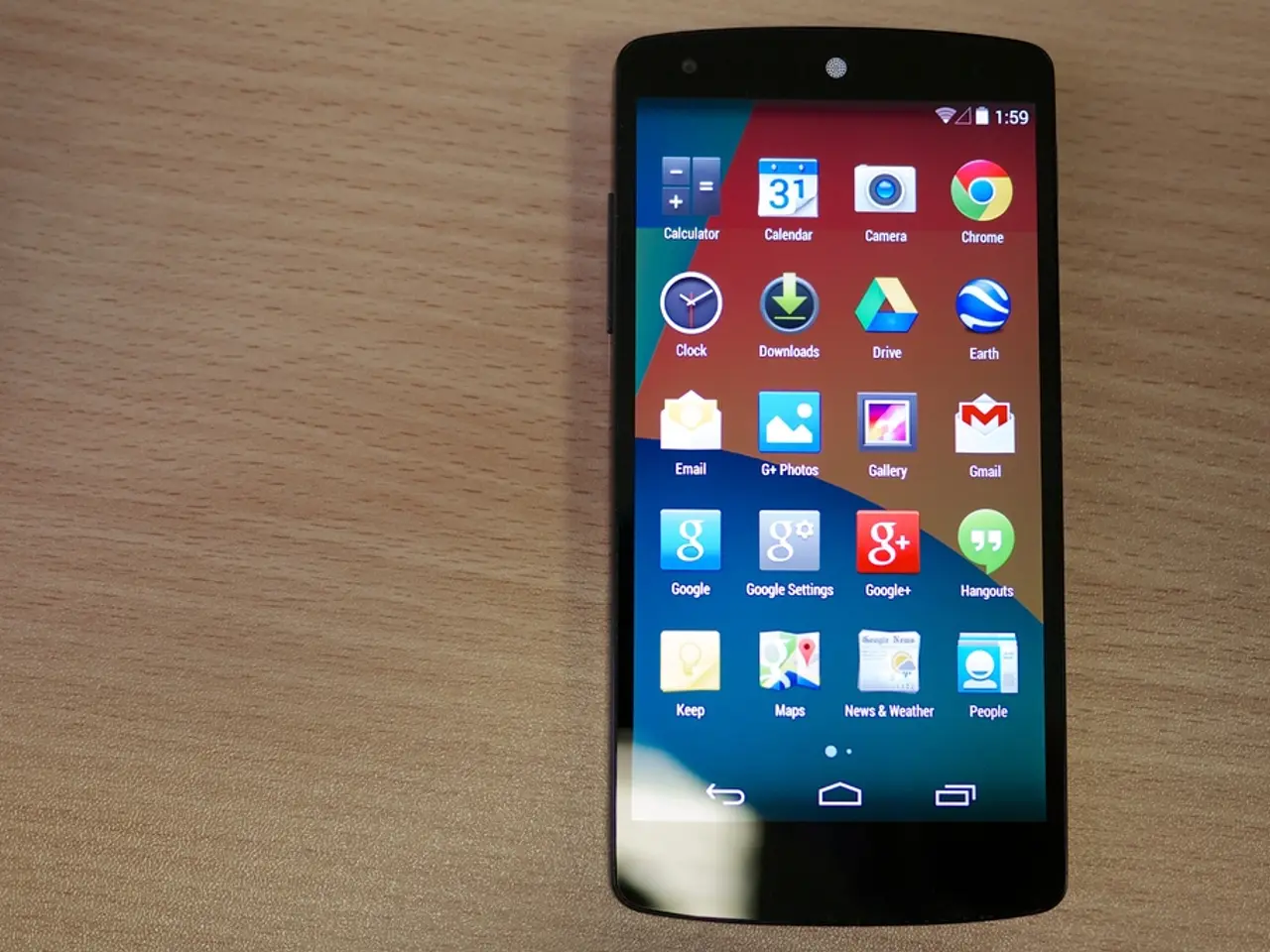Mobile Design Misconceptions and Their Significance
Josh Clark, a renowned designer and developer, has proposed challenging common myths about mobile design and development. The hero image for this article is by Josh Clark himself.
One of the myths that Clark debunks is the notion that mobile needs simplified content compared to desktop. He argues that mobile design should not just be a stripped-down version of desktop but should be rethought for context and behavior, leveraging mobile strengths rather than limiting content.
Another myth that Clark challenges is the stereotype that mobile users are impatient or distracted, emphasizing that mobile users can engage deeply if the experience is meaningful and well-designed.
Touch targets are another area where misconceptions abound. While touch targets need to be usable, Clark points out that size should relate to usage context and finger comfort zones rather than rigid rules.
Clark also advocates balancing performance with thoughtful design to create engaging and performant mobile experiences. He suggests that designers should focus on the quality delivered with each tap, rather than the quantity of taps involved.
The importance lies in delivering a "big idea" with each tap, rather than relying on the app as a whole. This approach can help to improve the overall user experience and make mobile design more effective.
Another myth is that complexity is a bad idea for mobile. However, Clark argues that well-designed mobile apps can deliver complexity without compromising the user experience.
Josh Clark has discussed these ideas in an article for Forbes magazine and on his own website. Another perspective on these ideas can be found on Versio2's site.
The idea that mobile apps are superior to mobile websites may be short-term and impractical for users. The mobile site doesn't necessarily need to be a slimmed-down version of the desktop one; the desktop site could also be trimmed for better user experience.
The app market is growing, but managing multiple apps for every company interaction may be difficult for users. The myth that mobile apps and websites must be lite experiences can be misleading, and complexity can be preserved in different ways.
Clark also addresses improving authentication UX with smarter, user-friendly flows rather than simplistic or frustrating solutions. He argues that mobile websites are necessary and that designers should be involved in more than just the look and feel of products on mobile platforms, considering the unique features like cameras and GPS.
In conclusion, by challenging these common myths, designers can create more effective mobile experiences that engage users and deliver value. It's important to consider the unique strengths of mobile platforms and design with the user experience in mind.
- Josh Clark, in his work, suggests that mobile design should not be confined to a simplified version of desktop design, but rather, should be reimagined for context and behavior, leveraging mobile technology for a better user experience.
- Clark also challenges the misconception that mobile apps should be simple and devoid of complexity, arguing that well-designed mobile apps can deliver complexity without compromising the user experience, especially if the design is aimed at enhancing the lifestyle and entertainment aspects of mobile usage.




